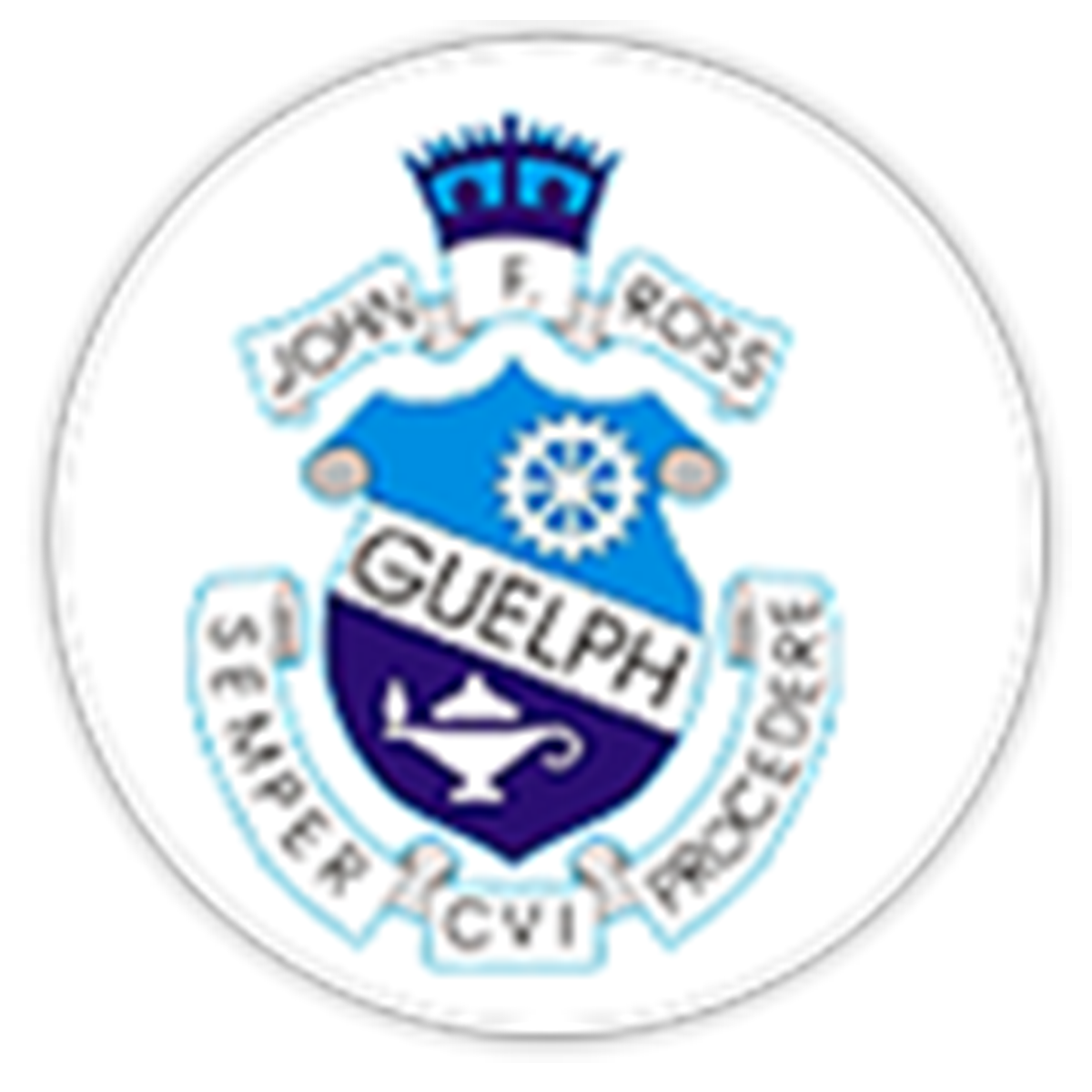Literacy Test (OSSLT) @ Ross
2025 – 2026 Literacy Test @JFR Information
Updated September 2025
All grade 10 students are required to write the OSSLT. Students must complete the literacy requirement to graduate.
Grade 10 students will write in their period 2 classes over a two-day period between November 4 and December 2. Your period 2 teacher will inform you of your writing dates by October 10.
Grade 10 students who were absent for our fall testing dates or who were unsuccessful on the test will write in the library at the end of November (dates to be announced).
Practice materials are available here. They are an excellent preview of the actual test!
Fall writers will be visited by one of the members of the Literacy Team in their period 2 classes by the end of October.
Please direct any questions to Ms. Howe, head of literacy and Teacher-Librarian at John F. Ross: fhowe@ugcloud.ca
If you missed the classroom visit, you are welcome to join the Literacy @ Ross Google Classroom (please email Ms. Howe to be added) or you can review this slideshow for more information.
Administration of the OSSLT
Many students worry that they will write the OSSLT before they have taken Grade 10 English. The OSSLT (Ontario Secondary School Literacy Test) is grounded in the Ontario Curriculum expectations for all subjects that address reading and writing skills up to the end of Grade 9.
If your student feels unprepared or would like additional practice, they can review some of the resources linked below or reach out to their classroom teacher or Ms. Howe for additional support.
Practising for the Test
UGDSB Literacy Web Site – so many great resources here!
Practice materials for the online version are available here.
Information posted below relates to the pen and paper OSSLT, written prior to 2020. While formatting of the 2024-25 OSSLT remains reflective of the exercises listed below, be advised that the current test is written online. The only long piece of writing now required on the OSSLT is a series of paragraphs. Students read and respond to a news report, but are no longer required to write one.
Thanks to the St. Mary’s High School Student Success Team – Carol DeVrieze, David DiGiuseppe, Karen Drummond, Brandon Haynes and Jamie Rodrigue – for creating many of these materials and allowing us to use their work!
Practice Tests
practice test – booklet 1 – questions and answers
practice test – booklet 2 – questions and answers
practice test – booklet 1 – video feedback
practice test – booklet 2 – video feedback
practice test – booklet 1 – slideshow feedback
practice test – booklet 2 – slideshow feedback
Remediation Resources
Multiple Choice
Short Answers
Opinion Piece
Still More Resources and Tips
Overview
General Tips
Multiple Choice Questions
Short Answer Questions
Series of Paragraphs
Grammar
Accommodations and Deferrals
All Students: Extra Time
All students will be provided extra time to complete the test if it is needed.
MLL Students
MLLs (Multilingual Language Learners) write the test when they are ready, usually after they have completed ESL EO.
Students with IEPs
Students with IEPs are routinely provided with accommodations in classrooms, the resource room, and for evaluations, to allow them better access to the curriculum. The list below reflects accommodations that apply for the OSSLT that appear on some IEPs.
Access to computer for written work – The student can use a computer in the classroom or resource room for tasks like tests, exams, and culminating tasks. Computer use would include access to assistive technologies, like text to speech or speech to text, where appropriate.
Allow for frequent breaks – During assessment tasks, students have the opportunity to take a break from the work and go for a short (often supervised) walk, or get up from the desk and stretch. This allows students to refocus on their work.
Extra time to respond (EQAO) – Extra time is defined as double time. If the test is designed to take 1 hour, the accommodated student would have up to 2 hours.
Read all written instructions – Students with poor reading comprehension benefit from having instructions read to them as they write tests, exams or complete culminating tasks. Instructions may be read by a classroom teacher, EA, or resource teacher.
Read all written instructions except for tests of reading (EQAO) – When reading comprehension is being assessed, reading written instructions is not permitted. When other skills are being assessed, such as grammar conventions, writing or mathematics, instructions may be read.
Scribe (EQAO) – A scribe writes down exactly what the student says in response to each question or task. During evaluations, scribes do not prompt or assist the student in any other way. Scribing helps students with strong verbal skills but weak written output to complete tasks and fully demonstrate their thinking.
Access to Kurzweil/Dragon/Word Q/Inspiration/etc for language-heavy assessments – If students make regular use of assistive technology for help with language, the specific programs that they use will be listed on their IEPs.
Exemptions
Only students who are not working towards an Ontario Secondary School Diploma are exempt from writing the test.
